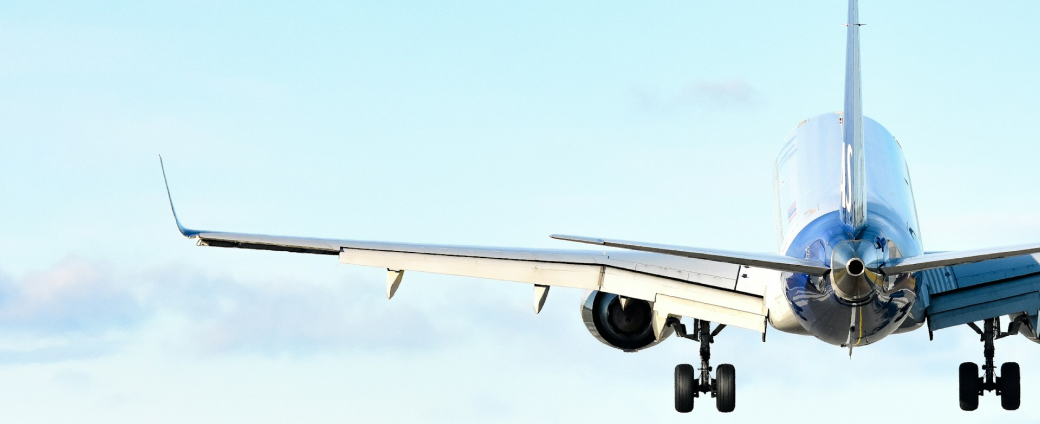Global Trends in Aviation Logistics in 2025

Why 2025 Is Transforming Aviation Logistics
The aviation industry is undergoing its most significant reshaping of logistics processes in more than a decade.
Traffic volumes continue to rise, fleets are expanding, and expectations around delivery speed and supply-chain transparency are becoming far more demanding.
Suppliers, MRO organizations, and operators have no choice but to adapt their workflows to keep pace with these new realities.
1. Rising Demand for Fast Deliveries and AOG-Ready Service
For airlines, time has become a decisive factor.
Where a standard delivery once took three to five days, many requests now arrive with the instruction: “ship within the next few hours.”
AOG support is evolving from a premium option into a baseline expectation.
Companies unable to operate around the clock simply struggle to remain competitive.
2. Full Transparency Across the Entire Supply Chain
Customers increasingly expect to see the entire journey of a part — from warehouse shelf to aircraft hangar.
Basic tracking numbers are no longer enough.
The 2025 standard includes:
- photo documentation of packaging,
- confirmation of configuration before dispatch,
- serial number verification,
- complete documentation packages (8130, EASA Form 1, etc.).
7tag Avia incorporates these elements as part of its standard service model.
3. Growing Interest in PMA Components
Cost pressure in fleet maintenance is driving steady growth in the PMA segment.
PMA parts remain fully certified and traceable, and in many cases they are available faster than OEM components.
Forecasts suggest that PMA usage in certain categories may increase by 15–25% over the next two years.
4. Expansion of Digital Supply Chains
Digital transformation in aviation logistics is no longer optional — it has become a necessity.
Companies are shifting toward:
- automated inventory systems,
- real-time warehouse integration,
- AI-based demand forecasting,
- optimized routing tailored to specific regions and delivery priorities.
7tag aviation already uses automated tools to verify availability and streamline routing decisions.
5. Stricter Documentation and Compliance Standards
Regulators are tightening documentation requirements for aircraft parts in 2025.
The focus is on traceability and full accountability:
- serial numbers,
- repair and maintenance history,
- proof of origin,
- compliance with required forms and standards.
This directly impacts suppliers — only those maintaining rigorous compliance remain competitive.

Conclusion
2025 is defining itself as the year of speed, transparency, and technological maturity in aviation logistics.
Companies that have already optimized their processes will be able to ensure higher quality and faster delivery times.
7tag Avia is moving in this direction by:
- strengthening documentation control,
- expanding rapid logistics channels,
- implementing digital tools,
- and supporting operators both in AOG situations and planned maintenance.
